For many nature lovers, bird feeders bring joy and life to the backyard. But when deer start showing up, they can turn that peaceful scene into a daily challenge. These gentle giants often devour birdseed meant for feathered friends, leaving behind empty feeders and trampled gardens. Fortunately, there are safe and humane ways to discourage them without harming wildlife. By understanding deer behavior and making a few smart adjustments, you can maintain harmony in your yard. From smart placement strategies to natural deterrents, these simple techniques help protect your bird feeders and keep both birds and deer happy in their own spaces. Here are five clever ways to keep deer away from bird feeders, according to experts who know how to balance wildlife care and backyard serenity.
1. Raise the Height of the Feeders
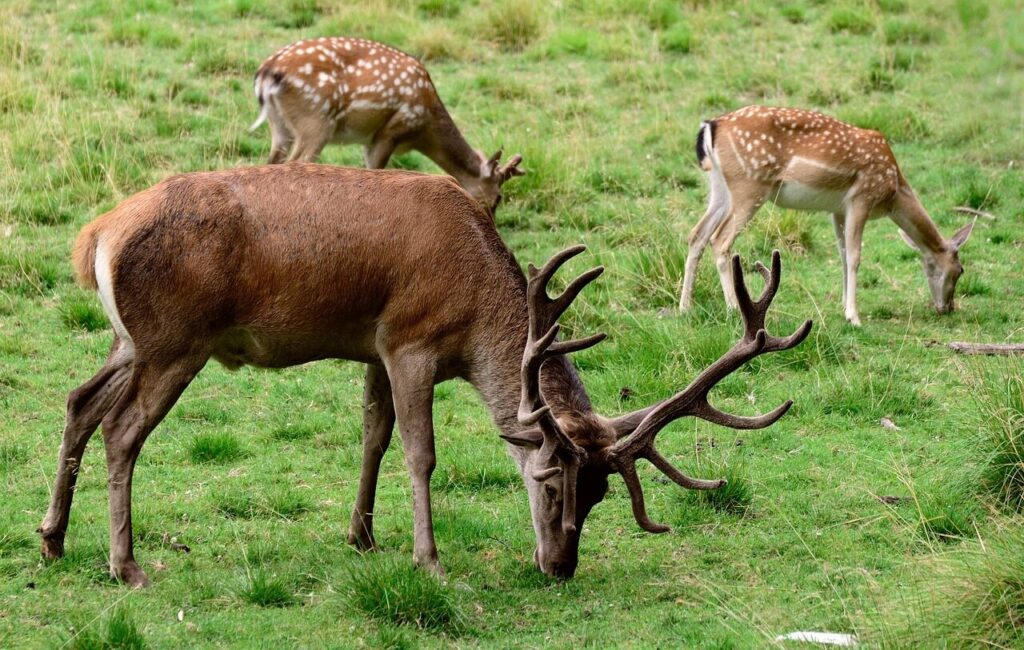
Deer can easily reach feeders placed too low, especially those within their standing height. Mounting bird feeders higher, at least seven to eight feet off the ground, makes it difficult for deer to nibble while still accessible for birds. Use sturdy poles with extended arms or hang feeders from tree branches with long cords. This adjustment not only protects your seed supply but also minimizes ground spillage that attracts other animals. Consider positioning feeders over paved or hard surfaces to make cleanup easier. Keeping feeders elevated ensures your bird guests stay fed while discouraging uninvited deer visitors.
2. Use Scent-Based Repellents
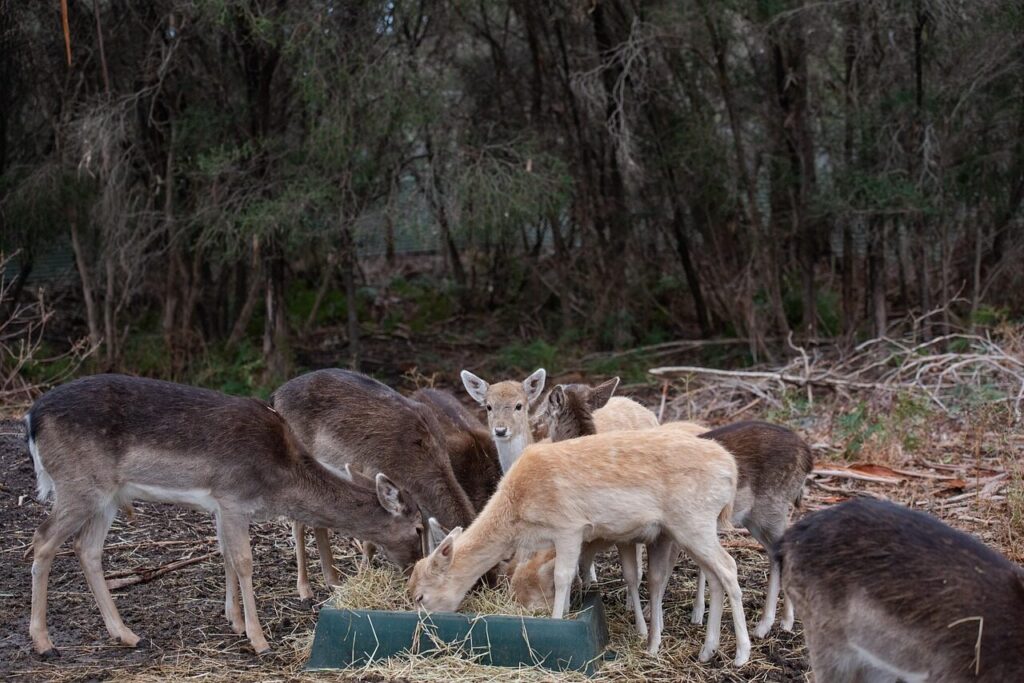
Deer have an exceptional sense of smell, which makes scent-based repellents highly effective. Natural deterrents like garlic, peppermint oil, or commercial deer sprays can make your feeder area less appealing. Spray the surrounding posts and ground instead of the feeder itself to avoid harming birds. Refresh the scent regularly, especially after rain. Some homeowners also use soap bars or human hair as DIY deterrents. These methods rely on odors that deer instinctively avoid, helping you maintain a safe and eco-friendly feeding zone that still welcomes birds without alarming them.
3. Choose Motion-Activated Devices
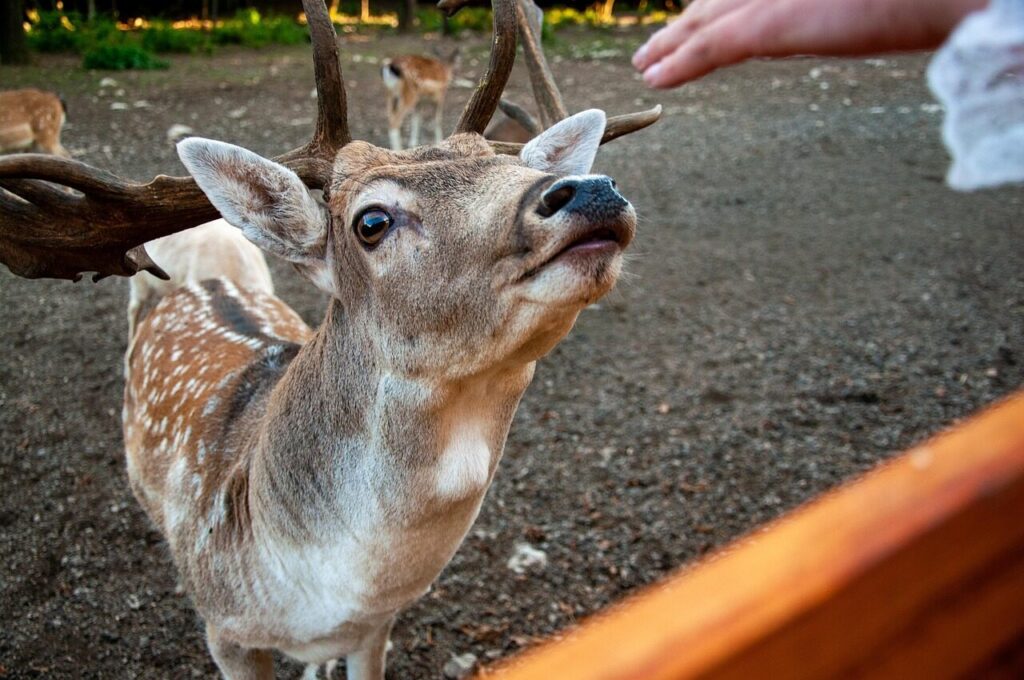
Technology can be your best ally when keeping deer at bay. Motion-activated sprinklers or lights surprise deer when they approach, teaching them to stay away without causing harm. The sudden movement and noise startle them enough to discourage return visits. These devices work best when strategically placed near your bird feeding area and regularly maintained. Motion deterrents also help keep raccoons and squirrels from raiding the feeders. Over time, deer learn that your yard is unpredictable and less appealing, giving your birds a peaceful dining experience without the disruption of larger wildlife.
4. Surround Feeders with Deer-Resistant Plants
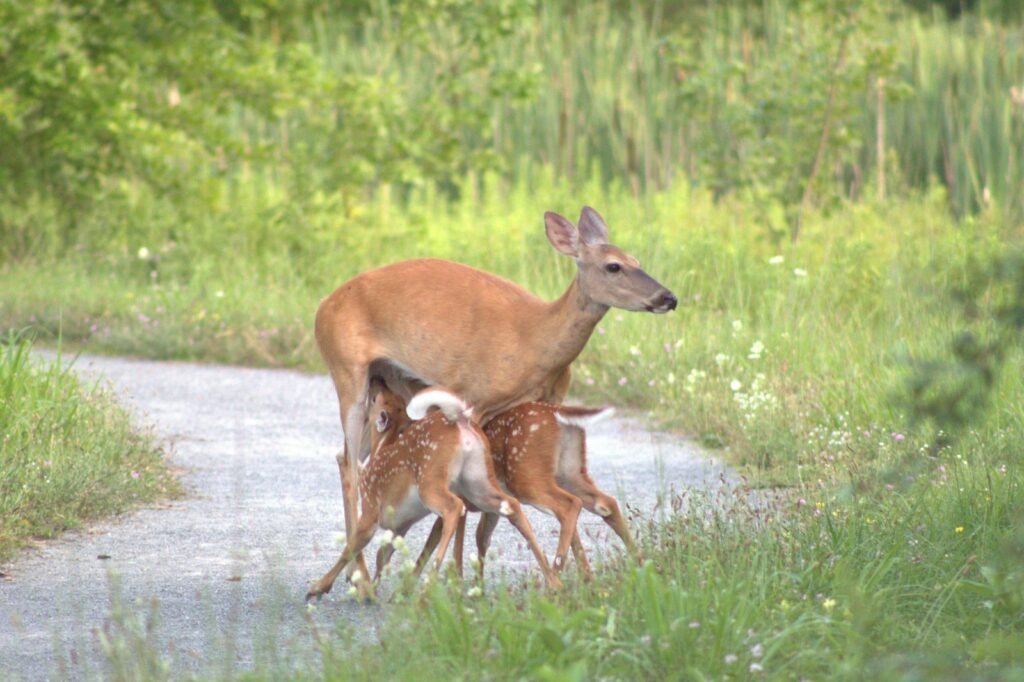
A natural and visually appealing way to deter deer is by landscaping with plants they dislike. Aromatic herbs like lavender, rosemary, and mint, or prickly shrubs such as barberry and holly, create a gentle yet effective barrier. Place these plants around the feeder area to mask the scent of birdseed. This method enhances your garden’s beauty while adding a layer of protection. Since deer prefer tender, bland foliage, these strong-scented or textured plants encourage them to look elsewhere for food. With strategic planting, you can protect your feeders and elevate your garden’s charm.
5. Limit Feeding Times
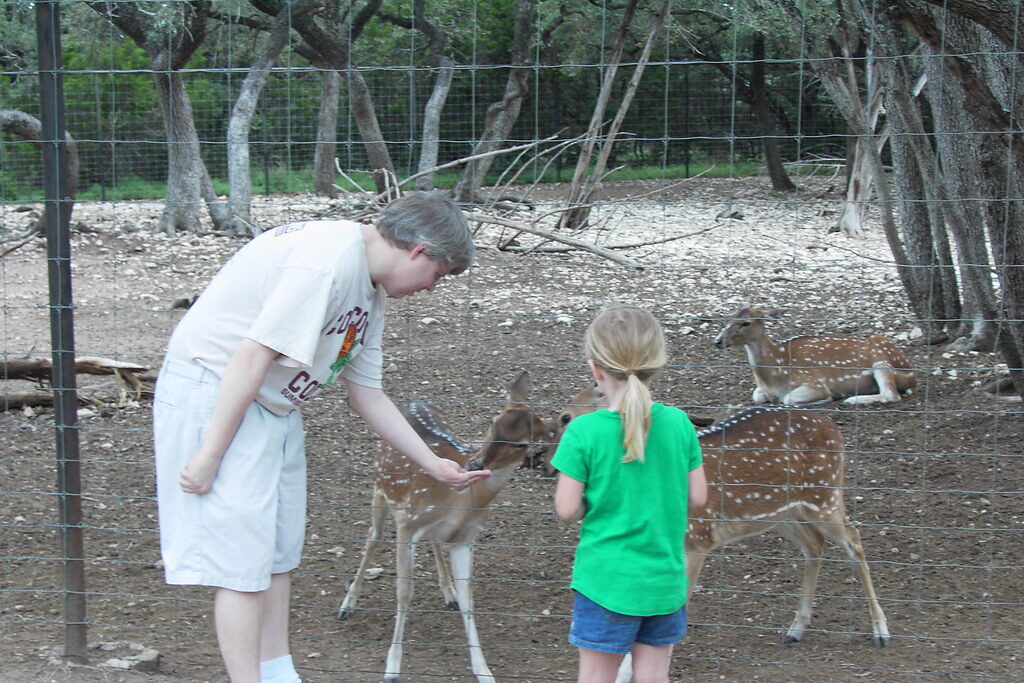
Controlling when you put out birdseed can reduce deer activity around your yard. Feed birds during daylight hours when deer are less active, then remove or secure the feeders at night. This approach requires consistency but helps break the habit of deer visiting your property. You can also use timed feeders that automatically close after certain hours. By limiting access, you keep your feathered friends satisfied while discouraging unwanted nighttime guests. Over time, deer will learn your yard offers no rewards after dark, maintaining peace and order around your feeders.
Comments